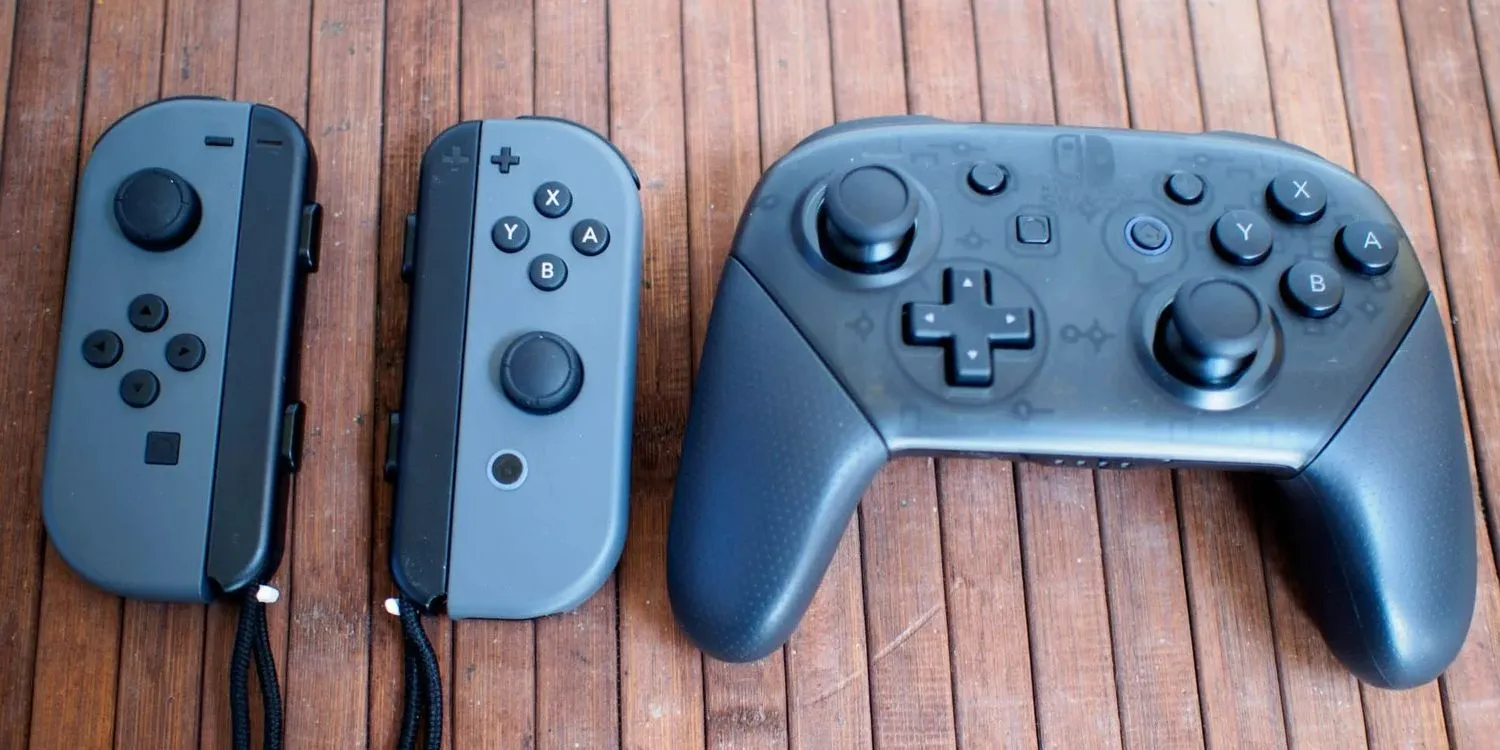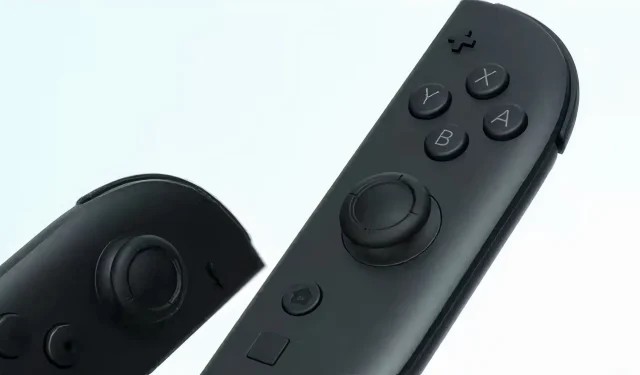The upcoming Nintendo Switch 2 is set to maintain a trend that has sparked debate among gaming enthusiasts: the absence of a key hardware feature—analog triggers—for its controllers. The newly designed Joy-Con 2 controllers closely resemble the original Joy-Cons, albeit with enhanced ergonomics, refined sticks, and additional capabilities including mouse functionality and a C button tailored for GameChat. Meanwhile, the Nintendo Switch 2 Pro Controller also sticks to its roots, receiving only minimal updates such as the addition of a few extra buttons. Despite these modifications, the controllers largely retain their foundational design, especially concerning their trigger response systems.
A Look at the Switch 2 Trigger Technology
In a recent discussion with VentureBeat (as reported by Nintendo Life), key figures in the Switch 2 development team, Kouichi Kawamoto (producer) and Tetsuya Sasaki (technical director), affirmed that the Joy-Con 2 and Nintendo Switch 2 Pro Controller will rely exclusively on digital triggers, continuing the legacy of their predecessors. The choice for digital over analog was attributed to preferred immediate feedback and responsiveness.
Why Players Favor Analog Triggers
For many gamers, the appeal of analog triggers lies in the nuanced control they provide over gameplay dynamics, particularly in titles that necessitate varying levels of pressure applied to the triggers. This control can be crucial for actions like gradually accelerating a vehicle in racing games or managing the water flow of F.L.U.D.D. in the classic Super Mario Sunshine on GameCube.
Nintendo’s Stance on Trigger Technology Since the GameCube
Notably, Nintendo has not incorporated analog triggers in its consoles since the GameCube era. While the company has acknowledged the advantages of analog triggers and mulled their inclusion for the Switch 2, they ultimately opted for the reliability of digital triggers. Contemporary gaming systems, including the PlayStation 5 and Xbox Series X/S, use analog systems for improved gameplay experiences.
The ability to modulate trigger pressure significantly enriches gameplay mechanics and promotes innovative hardware features, such as the adaptive triggers found in the PS5, which heighten immersion during gameplay scenarios, such as weapon swings in Silent Hill 2 Remake or the feel of drawing a bow in Horizon Forbidden West. Nevertheless, digital triggers generally offer faster response times, decreasing input latency, which some players may find preferable.
Are Digital Triggers a Limitation?
Audience Expectations and Potential Reception

Given the length of time since analog triggers were integral to Nintendo’s designs, many loyal fans may not distinguish between digital and analog triggers. The Nintendo Switch Pro Controller is frequently characterized as one of the leading gamepads available and operates using digital system triggers. User concerns may lean more toward the well-documented issue of stick drift that affected the original Switch controllers, rather than the trigger type.
For dedicated hardware enthusiasts, the move to digital triggers might be disheartening, yet it could align well with the preferences of a broader user base. Ultimately, the effectiveness of the Joy-Con 2 and Nintendo Switch 2 Pro Controller will determine user satisfaction, and more will be revealed when the Nintendo Switch 2 and its accessories debut on June 5.
Sources: VentureBeat, Nintendo Life


